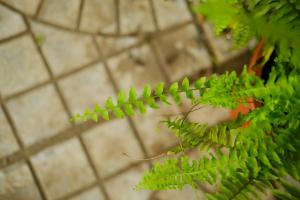Introduction
Photosynthesis is a process that is essential to the survival of plants. It is the process by which plants convert sunlight into energy by producing glucose and oxygen. Photosynthesis takes place in organelles called chloroplasts, which are located in plant cells. In this article, we will explore where photosynthesis takes place in the plant cell and the different parts of the chloroplasts involved in this process.
Chloroplasts
Chloroplasts are organelles found in the cells of plants and some algae. They are responsible for photosynthesis, which is the process that converts sunlight into energy. Chloroplasts contain several parts that are essential for photosynthesis to occur. These parts include the thylakoid membrane, stroma, and grana.
Thylakoid Membrane
The thylakoid membrane is a series of flattened sac-like structures that are stacked on top of each other. These sacs are the site of the light-dependent reactions that take place during photosynthesis. The membrane contains photosystem I and II, which are responsible for capturing and absorbing light energy.
Stroma
The stroma is the fluid-filled space that surrounds the thylakoid membrane. This is where the light-independent reactions take place. In these reactions, carbon dioxide is converted into glucose using the energy from the light-dependent reactions.
Grana
Grana are stacks of thylakoid membranes. They are connected to each other by small tubes called stroma lamellae. The grana are the site of the light-dependent reactions that take place during photosynthesis, specifically the photosystem I and II located in the thylakoid membrane.
Conclusion
Photosynthesis is an essential process for the survival of plants. It takes place in the chloroplasts, which are organelles found in the cells of plants and some algae. The different parts of the chloroplasts, such as the thylakoid membrane, stroma, and grana, play important roles in this process. By understanding where photosynthesis takes place in the plant cell and the different parts of the chloroplasts involved, we can gain a better understanding of this essential process.

 how many times do yo...
how many times do yo... how many planted tre...
how many planted tre... how many pine trees ...
how many pine trees ... how many pecan trees...
how many pecan trees... how many plants comp...
how many plants comp... how many plants can ...
how many plants can ... how many plants and ...
how many plants and ... how many pepper plan...
how many pepper plan...






























